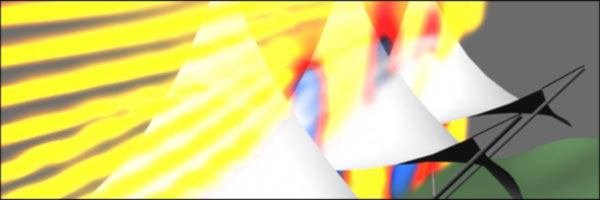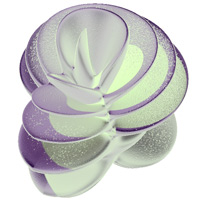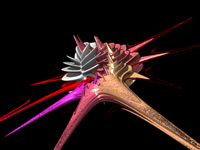| Visualisation and Design in Space Sociology |
|
|
Classical urban design is usually driven
by the following process: an urban designer is comissioned
by an investor to create a development concept, which
describes the project in a final stage. This planning
strategy has two disadvantages:
- it only considers the rich population
- it leads to urban segregation, ie. the development
of enclaves between fincancially relevant locations.
Therefore several recent development
projects were doomed to failure. This is illustrated
by more than 1 million abandoned apartments in eastern
Germany. Hence, the quest for alternative development
strategies seems to be necessary. A very promising idea
is the temporary use of urban residual areas
as an initiator for alternative urbanism. It has the
following potentials:
- testing new activities
- space can be used without a clear financial goal
- activities can be successful or not
This implies the following advantages:
- space develops a new identity, a gentrification
process is initiated
- activities can mark a turning point in the biography
of the actors (which can make the space attractive
in a very subtle way)
New planning strategy.
Consequently the planners assume a new role: they are
not designing physical objects, instead they facilitate
usage of space. Thereby they design the boundary conditions
and the interaction processes among users, property
owners and the authorities. Basically a social process
is designed. This means that a process is only initiated,
but no final stage is developed.
Planning instrument.
In the design of temporary usage the established methods
of CAD seem inappropriate. During this project a visualization
tool is developed, which enables the designer to create
an manage social networks between users and space.
The project was carried out in cooperation
with Prof. Manfred Schmutzer, DI Christian Fröhlich,
Prof. Philipp Oswalt, Dr. Judith Donath and Prof. Martina
Löw.
|
|
| The visualization tool is based
on the theory of space sociology by Martina Löw
[1], [2]. Thereby, 'space' is the conceptual abstraction
for the constitution of space. Space constitution is
defined by:
- social goods and humans
- relations between social goods
- atmosphere (with reference to Heidegger's existential
philosophy)
For the development of a graphic language,
which will be used later for the visualization of space
sociological aspects, we need an abstraction for the
associated experiences of humans. Hence, the visualization
builds on top of the everyday life aesthetic schemes
developed by G. Schulze [3].
Everyday life aesthetic schemes. These
schemes organize experiences into the three groups pleasure,
distinction and life philosophy.
In the following table these schemes are further particularized.
| Pleasure |
Distinction |
Life
philosophy |
| contemplation |
anti barbarian |
perfection |
| cosiness |
anti eccentric |
harmony |
| action |
anti conventional |
narcism |
|
|
|
|
For the realization of situations, which were planned
with the visualization technique, we use urban
design patterns. This technique has been
established by Christopher Alexander, and is used
now widely also in other domains such as object oriented
programming.
The design patterns used here were developed by Prof.
Philipp Oswalt and modified slightly for the current
project.
|
|
The visualization tool was used successfully in a
number of projects. Two of them will be illustrated
here briefly.
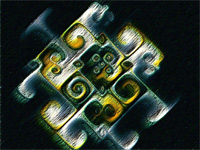
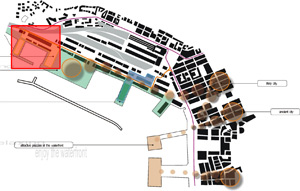 |
| Space sociological
mood board (top) for the red shaded area
of Porto Vecchio, Trieste. |
Trieste, Porto Vecchio.
The old harbour in the center of Trieste was
abandoned due to the larger industrial harbour
in Koper, Slovenia. The old harbour became an
urban residual area in its archaic sense, although
it represents an extremely attractive location.
To design a gentrification process, a stepwise
development concept with temporary usage was
created.
|
| Graz, Südtirolerplatz.
The site has experienced serious restructuring
due to the new coffee bar 'Thienfeld' and the
Kunsthaus. Also the 'K-box' represented a very
positive intervention at this location. The
visualization tool was used to understand and
document the interventions on a sociological
basis.
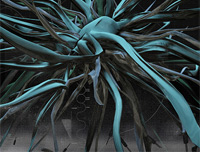 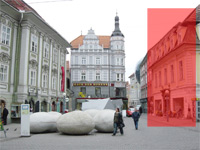
|
| Space
sociological mood board (left) for the red
shaded area of the Südtirolerplatz,
Graz. |
|
|
|
[1] Martina Löw, Raumsoziologie, Suhrkamp 2001.
[2] Martina Löw, Die Differenzierung des Städtischen,
Leske & Budrich, 2002.
[3] Gerhard Schulze, Die Erlebnisgesellschaft, Kultursoziologie
der Gegenwart, Campus Fachbuch, 2000
|
| |
